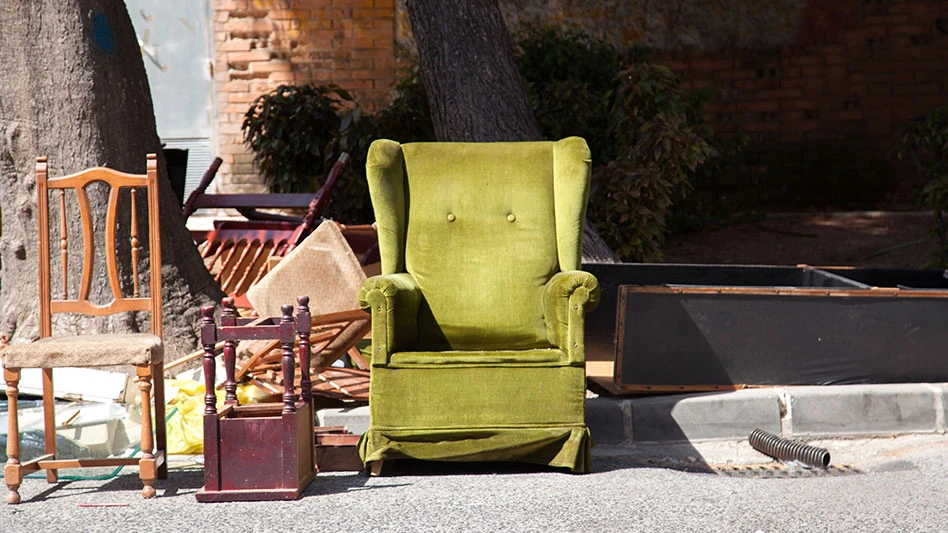
Whether it’s installing a ballistic separator, integrating artificial intelligence- (AI-) powered optical sorters or adding new technology to improve purity rates, retrofitting an existing material recovery facility (MRF) can be just as complex an undertaking as building a large-scale greenfield development—and requires a collaborative systems technology partner with significant experience and knowledge in the industry.
Through five decades of implementing scalable, turnkey sorting systems for projects ranging from smaller retrofits to new builds, the sorting technologies experts at Machinex have cultivated the knowledge, flexibility and collaborative client relationships these projects necessitate.
Machinex recently completed a series of retrofits at Eureka Recycling in Minneapolis. Eureka co-president and Chief Operating Officer Miriam Holsinger has a passion for extracting data that allows the company to be proactive, anticipating seasonal swings and noticing changes in the characterization of material coming into the MRF.
Eureka first opened its MRF in 2005 as a dual-stream facility. Eight years later, as the industry moved toward single-stream lines, the company considered a number of different vendors before choosing Quebec-based Machinex to help make the transition to single-stream.
In the 10 years since that initial retrofit, the midsize recycler, which processes 100,000 tons of materials per year, had noticed an increase in containers, nonrecyclable plastics and cardboard, coupled with a decrease in paper.
After consulting with a couple different vendors, Eureka again landed on Machinex to help reimagine the MRF to accommodate this changing material stream.
Retrofits can be challenging because of the space limitations of an existing facility, explains Machinex Technologies CEO Chris Hawn, and that means industry experience and knowledge are more important than ever. For the Eureka project, timing was the main challenge.

Working with the available data and taking into account Eureka’s requests that the retrofits take place during the MRF’s slower winter months and require as little downtime as possible, Machinex devised a retrofit that would be completed in three phases.
Phase one addressed Eureka’s cardboard lines. While the MRF has seen less paper in the stream, the facility receives more cardboard, especially oversized cardboard, that would often jam one particular conveyor, contributing to up to 2 to 3 hours of downtime a month.
“When you start seeing those pinch points, you can go back to your manufacturer and ask, What do you recommend?” Holsinger explains.
Over nine days in October, Machinex widened the belts on Eureka’s cardboard lines and updated screens to prevent cardboard from ending up on the paper line. During phase two in January, Machinex installed three new Mach Hyspec® optical sorters on the paper lines to address the reduction in paper volume. In the project’s final phase, completed in March, Machinex installed an Mach Hyspec® optical sorter on the container line to prevent contamination by pulling paper out.
So far, Eureka is experiencing less downtime after the cardboard line upgrades, and Holsinger reports the optics are working extremely well on the paper line. She expects to see an increase in container recovery and a reduction in staffing needs in the near future.
“We appreciate working with Machinex because we know what we’re going to get,” Holsinger says. “They understand our limitations around downtime and our space, and they really work to stay on timeline, which is huge.”

Explore the April 2025 Issue
Check out more from this issue and find your next story to read.
Latest from Waste Today
- Autocar unveils the ADAM safety system
- Fleetio launches Advanced Analytics to help fleets turn data into action
- PurposeEnergy opens anaerobic digestion facility with Ben & Jerry’s
- Impact Air Systems launches a next-gen material drum separator
- Hawaii to conduct packaging EPR study
- Toyota Material Handling to attend National Forklift Safety Day
- California's Catalina Island gets CRV redemption access
- Industry veteran Joe Dunlop joins GBB as project manager





